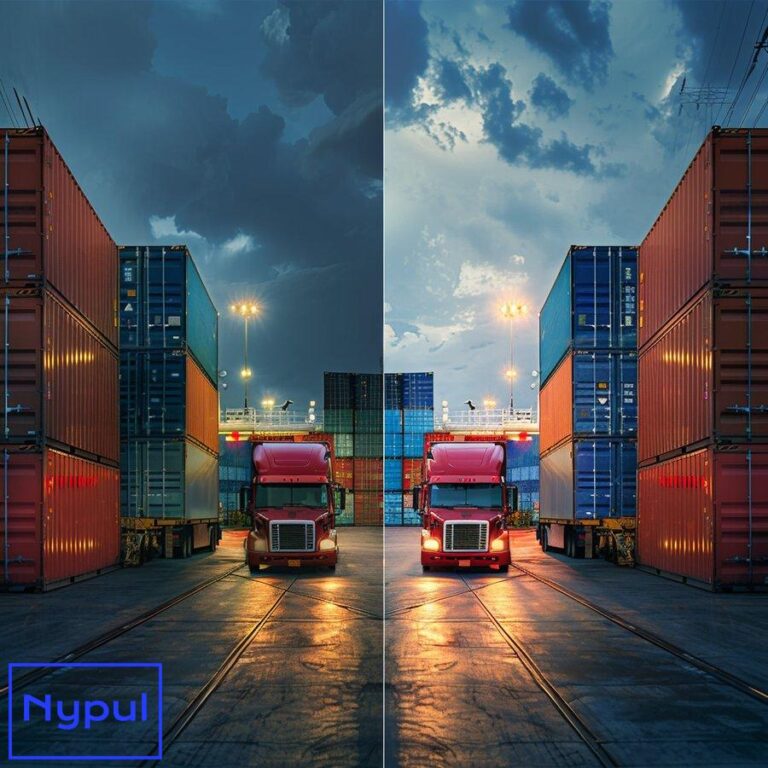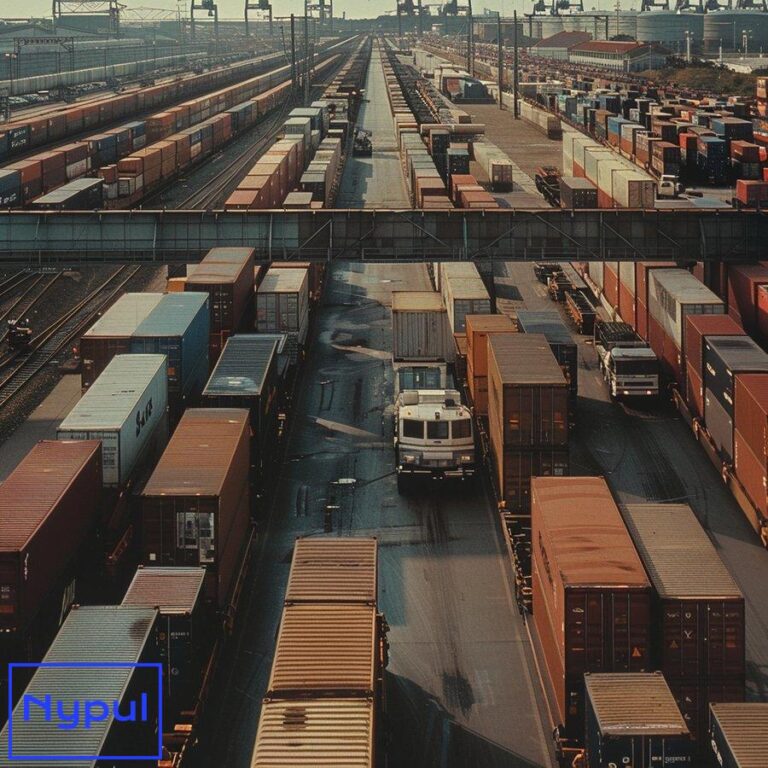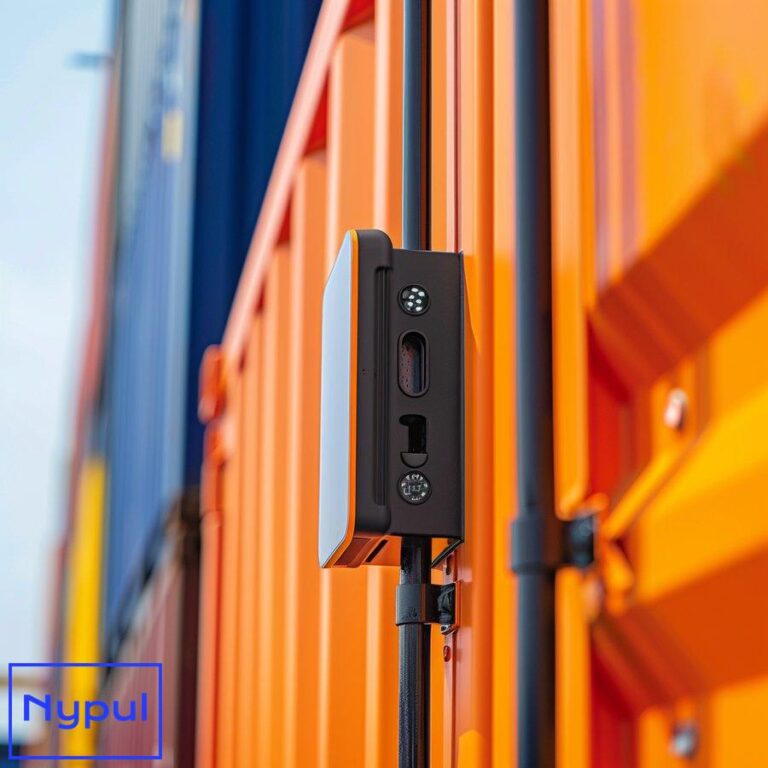What Is the ISO Standard for Shipping Containers
What are ISO standards for shipping containers?

ISO (International Organization for Standardization) standards are a set of guidelines and specifications that ensure the safety, compatibility, and efficiency of shipping containers used in international trade. These standards cover various aspects of container design, construction, testing, identification, and handling.

The primary ISO standards relevant to shipping containers include:
- ISO 668: Defines container sizes, classifications, and weight ratings
- ISO 1496: Specifies testing requirements and performance standards for container safety
- ISO 6346: Establishes a coding and identification system for containers
- ISO 1161: Sets specifications for corner fittings used in intermodal transport
- ISO 3874: Provides guidelines for handling and securing containers during transport
These standards are developed and maintained by ISO Technical Committee 104 (TC 104), which is responsible for freight containers. TC 104 works closely with other organizations, such as the International Maritime Organization (IMO) and the Bureau International des Containers (BIC), to ensure global harmonization and implementation of container standards.
By adhering to ISO standards, the shipping industry can ensure the safe, efficient, and compatible movement of goods across different modes of transportation, including ships, trains, and trucks. This standardization enables the seamless intermodal transport of containers, reducing costs, improving reliability, and facilitating global trade.
How does ISO 668 define container sizes and classifications?
ISO 668 is the standard that classifies freight containers by their size, dimensions, and weight ratings. It establishes the nominal lengths, widths, and heights for the most commonly used containers, known as Series 1 containers.
The key aspects of ISO 668 include:
- Container lengths: 20 feet (6.1 m), 40 feet (12.2 m), and 45 feet (13.7 m) are the most common lengths for Series 1 containers
- Container widths: 8 feet (2.44 m) is the standard width for all Series 1 containers
- Container heights: 8 feet 6 inches (2.59 m) for standard containers and 9 feet 6 inches (2.90 m) for high-cube containers
- Maximum gross weight (MGW): 30,480 kg (67,200 lbs) for 20-foot containers and 36,000 kg (79,370 lbs) for 40-foot and 45-foot containers
ISO 668 also classifies containers based on their purpose and design. The most common types include:
- General purpose containers: Fully enclosed, suitable for most cargo
- Open-top containers: Have a removable roof, allowing loading of oversized cargo
- Flat rack containers: Have no sides or roof, designed for heavy or bulky cargo
- Tank containers: Used for transporting liquids, gases, or powdered materials
By standardizing container sizes and classifications, ISO 668 ensures compatibility between containers and the various modes of transportation used in intermodal shipping. This standardization enables efficient loading, stacking, and handling of containers, reducing costs and improving cargo security.
What testing and specifications does ISO 1496 require for container safety?
ISO 1496 is a multi-part standard that specifies the testing requirements and performance criteria for freight containers. It ensures that containers are designed and constructed to withstand the rigors of intermodal transportation and provide a safe and secure environment for cargo.

The key aspects of ISO 1496 include:
- Material specifications: Containers must be made from materials that meet minimum strength and durability requirements, such as steel or aluminum
- Structural integrity: Containers must be able to withstand stacking loads, racking forces, and lifting forces without deformation or damage
- Weatherproofing: Containers must be watertight and resistant to the elements, ensuring that cargo is protected from moisture and environmental factors
- Thermal insulation: Containers designed for temperature-sensitive cargo, such as refrigerated containers, must meet specific insulation requirements
- Strength of doors and closures: Doors and closures must be designed to withstand the forces exerted during handling and transport, and must provide a secure seal to prevent unauthorized access
To ensure compliance with these requirements, ISO 1496 specifies a series of tests that containers must undergo, including:
- Stacking test: Containers are subjected to a compressive load simulating the weight of containers stacked above them
- Racking test: Containers are subjected to a transverse force simulating the forces encountered during transport
- Lifting test: Containers are lifted using the corner fittings to ensure that they can be safely handled
- Floor strength test: The floor of the container is tested to ensure that it can support the weight of the cargo
By meeting the requirements of ISO 1496, containers can be safely used in intermodal transportation, providing a reliable and secure environment for cargo throughout the supply chain.
How does the ISO 6346 identification system work?
![]()
ISO 6346 is the standard that establishes a global identification system for freight containers. It ensures that each container has a unique identifier that can be used to track its movement and ownership throughout its lifecycle.
![]()
The key components of the ISO 6346 identification system include:
- Owner code: A three-letter code that identifies the owner or operator of the container. This code is registered with the BIC (Bureau International des Containers) to ensure uniqueness
- Equipment category identifier: A single letter that indicates the type of container, such as “U” for freight containers or “J” for detachable freight container-related equipment
- Serial number: A six-digit number that uniquely identifies the container within the owner’s fleet
- Check digit: A single digit that is calculated based on the other digits in the container number, used to verify the accuracy of the number
The complete container number is typically displayed on the container in a format that follows the ISO 6346 standard, such as:
ABCU 123456 7
Where:
– ABC is the owner code
– U is the equipment category identifier
– 123456 is the serial number
– 7 is the check digit
The ISO 6346 identification system enables containers to be tracked and monitored throughout their journey, from the point of loading to the final destination. This information can be used to optimize logistics, reduce costs, and improve cargo security.
Why are ISO 1161 corner fittings crucial for intermodal transport?

ISO 1161 is the standard that specifies the design and performance requirements for corner fittings used on freight containers. Corner fittings are the metal castings located at each of the eight corners of a container, and they serve as the primary means of securing and handling containers during intermodal transport.

The key functions of corner fittings include:
- Lifting: Corner fittings allow containers to be safely lifted using spreader bars or other specialized equipment
- Stacking: Corner fittings enable containers to be securely stacked on top of each other, allowing for efficient use of space in transportation and storage
- Securing: Corner fittings provide attachment points for securing containers to the various modes of transportation, such as ships, trains, and trucks
- Compatibility: Corner fittings ensure that containers are compatible with the equipment used in intermodal transport, such as cranes, straddle carriers, and chassis
ISO 1161 specifies the dimensions, strength, and performance requirements for corner fittings to ensure that they can safely and effectively perform these functions. The standard also ensures that corner fittings are compatible with the corner castings of other containers, enabling the efficient and safe handling of containers across different modes of transportation.
Without standardized corner fittings that comply with ISO 1161, intermodal transport would be significantly more complex and costly, as containers would not be able to be efficiently lifted, stacked, or secured during transport.
What handling and securing guidelines does ISO 3874 provide?
ISO 3874 is the standard that provides guidelines for the safe handling and securing of freight containers during transport. It covers both loaded and empty containers, and addresses the specific requirements for different container types and transportation modes.
The key aspects of ISO 3874 include:

- Lifting: The standard specifies the correct procedures for lifting containers using spreader bars or other specialized equipment, ensuring that the container is balanced and secure during the lift
- Stacking: ISO 3874 provides guidance on the maximum number of containers that can be safely stacked on top of each other, taking into account factors such as container type, weight, and environmental conditions
- Securing: The standard outlines the methods and equipment used to secure containers to the various modes of transportation, such as lashing points, twist locks, and securing cones
- Handling: ISO 3874 addresses the specific handling requirements for different container types, such as open-top containers, tank containers, and refrigerated containers
The standard also provides guidance on the handling and securing of containers in specific scenarios, such as during road transport, rail transport, and ship loading and unloading.
By following the guidelines set out in ISO 3874, container handlers and transport operators can ensure that containers are handled and secured in a safe and efficient manner, reducing the risk of damage to cargo and ensuring the safety of personnel involved in the transport process.
How do ISO container standards benefit the drayage and logistics industry?
ISO container standards provide numerous benefits to the drayage and logistics industry, enabling the efficient and cost-effective movement of goods across the global supply chain. Some of the key benefits include:
Compatibility and interoperability
ISO standards ensure that containers are compatible with the various modes of transportation used in intermodal transport, enabling the seamless movement of goods from one mode to another. This compatibility reduces the need for manual handling and transloading of cargo, saving time and money.
Improved safety and security
ISO standards prioritize the safety and security of containers and their cargo throughout the supply chain. By ensuring that containers are designed and constructed to withstand the rigors of intermodal transport, and by providing guidelines for their safe handling and securing, ISO standards help to reduce the risk of damage, theft, or loss of cargo.
Increased efficiency and productivity
The standardization of container sizes, identification systems, and handling procedures enables logistics operators to streamline their operations and improve productivity. For example, the ability to quickly identify and locate containers using the ISO 6346 identification system can help to reduce delays and optimize container utilization.
Cost savings
By enabling the efficient and cost-effective movement of goods, ISO container standards help to reduce the overall cost of logistics. For example, the ability to use standardized handling equipment and procedures can help to reduce the need for specialized equipment and personnel, resulting in cost savings for logistics operators.
Environmental sustainability
ISO container standards can also contribute to the environmental sustainability of the logistics industry. By enabling the efficient movement of goods and reducing the need for manual handling and transloading, ISO standards can help to reduce the carbon footprint of logistics operations and minimize the environmental impact of transportation.
Overall, ISO container standards play a crucial role in enabling the drayage and logistics industry to operate efficiently, safely, and cost-effectively in a global marketplace. By providing a common framework for the design, construction, and handling of containers, ISO standards help to facilitate international trade and support the growth of the global economy.






